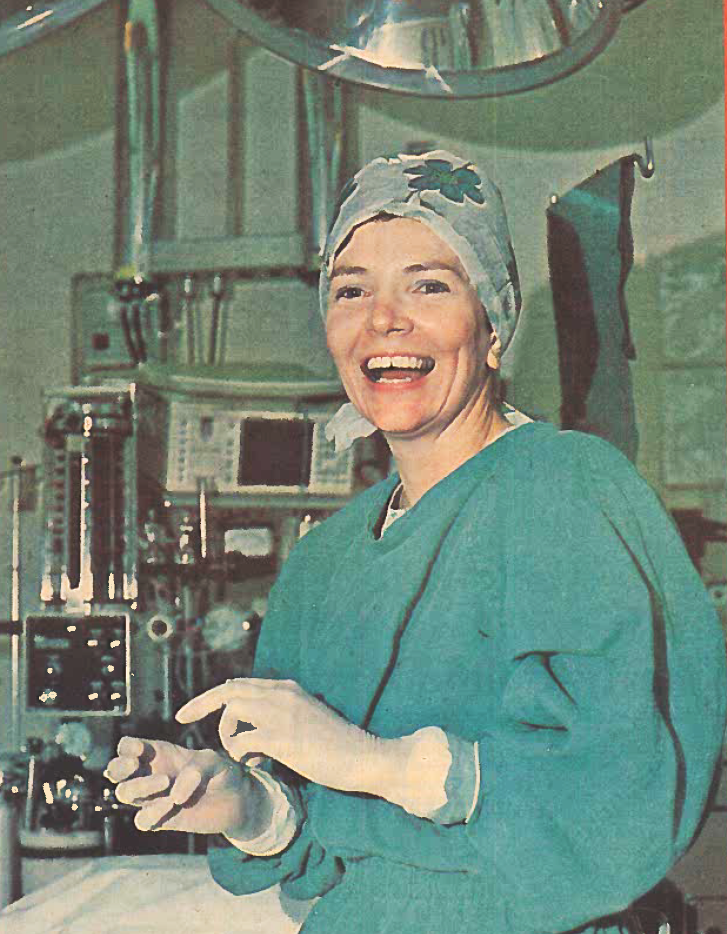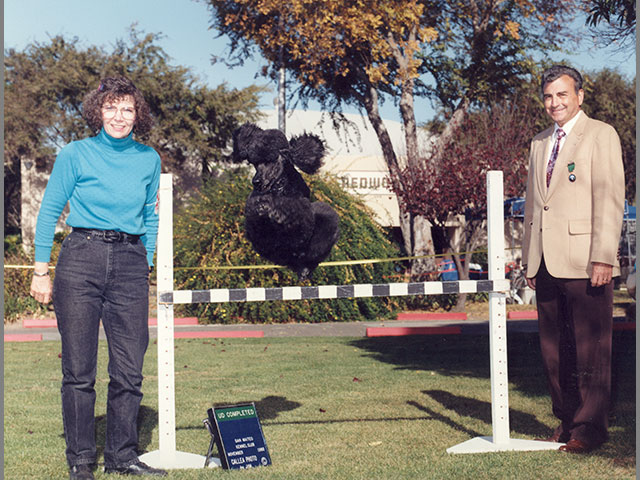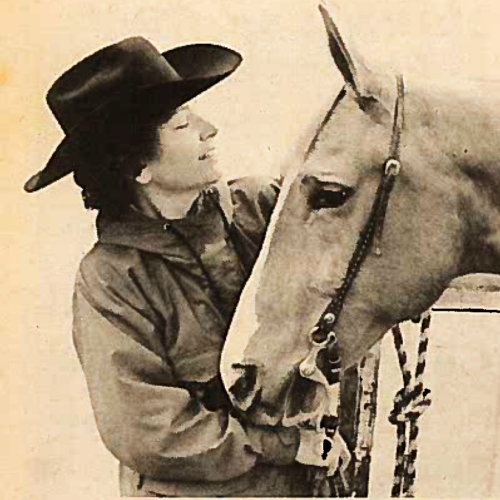By Evan Young | May 8, 2025
When Grace Blair, MD ’67, was a high school freshman in southeast Montana, her science teacher asked if she’d be willing to help the new doctor at the small county hospital.
There were only two registered nurses in all of Carter County, and the new doctor, Richard Musser, MD ’45, needed someone to do lab work. Blair agreed, and Musser soon taught her how to type and crossmatch blood, run urine analyses, and take X-rays.
But he eventually started calling her out of school to assist with emergency appendectomies, gallbladder surgeries, and C-sections. One evening, while Musser was at the movies with his family, Blair single-handedly stitched up a patient who put a gash in his foot while chopping wood.
“By the time I graduated high school, I was doing intern work,” Blair says. “In this day and age, we’d be in jail if a high school student did all that. There wasn’t such a thing as licenses for X-ray techs; it was much different than it is now.”
The experience, especially Musser’s mentorship, inspired Blair to pursue a medical career. After earning her undergraduate degree at the University of Minnesota, she decided to study at Musser’s alma mater, WashU Medicine.
“Dr. Musser was really a father figure to me. I knew he would be very pleased,” she says.

Blair, who grew up on a cattle ranch and rode to grade school on horseback, set off on a professional journey that would take her to big cities and lead to her becoming a highly regarded cardiac surgeon.
While studying at WashU, Blair, who was one of only four women in her class, worked in the lab and drew blood at Barnes-Jewish Hospital before becoming an extern in obstetrics and gynecology, and surgery. She had dreams of becoming a medical missionary in Africa, but after earning her medical degree and starting her internship rotation at Stanford University outside of San Francisco, she fell in love with cardiac surgery.
“It was so seductive,” she says. “It was just so life-or-death and high drama.”
As a junior resident at Stanford University Medical Center, Blair worked with Norman Shumway, a cardiac surgery pioneer who performed the first adult heart transplant in the U.S. They performed four to six emergency procedures a day and tackled elective cases on the weekends. Blair eventually started handling all vascular cases, such as abdominal aneurysms, and even some pediatric procedures.
“We were so busy, and I just loved it,” she says. “I had incredible stamina and endurance. The more cases we did, the more I liked it because it was more experience. I was on cloud nine.”
After Stanford, Blair successfully ran the cardiovascular program at the Palo Alto VA Medical Center but wasn’t satisfied with the paycheck; she made less than the perfusionists who ran the heart-lung machine during procedures.
In 1977, a fellow cardiovascular surgeon from Stanford, Thomas Fogarty, asked Blair to join him in opening a private practice at Sequoia Hospital in Redwood City, California, about 30 miles south of San Francisco. She agreed, and over the next six years cemented her reputation as a cardiac surgeon unafraid to take on hundreds of cases a year, including many that other surgeons turned down for being too high risk.
Blair spent the rest of her career at Mercy General Hospital in Sacramento, California, before retiring and moving back to Montana in 2001. She wanted to quit “before somebody took me aside and said, ‘you can’t do it anymore’” and so she could devote more time to her other great passion: standard poodles.

Blair has always been a dog person but became interested in standard poodles in the 1970s when she wanted a companion to accompany her on fishing trips in her rare free time. She attended a dog show in San Francisco and was floored by the standard poodles’ performance — despite their “froufrou haircuts” — in scent work events. She began to train and show standard poodles and even lobbied successfully for the American Kennel Club to allow them to compete in retriever field events.
Nowadays, Blair, 83, enjoys a much quieter life in Billings. She lives close to family, including her nephew, who resides on the cattle ranch where she grew up. She also gets together on a regular basis with a group of her high school classmates who still live in town. Blair enjoys making quilts of valor for military veterans and volunteering at a local senior living facility. And she still works with dogs, albeit smaller ones; she currently has two rescue dogs and one standard poodle.
Blair is both a WashU William Greenleaf Eliot Society and Loyalty Society member and is passionate about supporting women in medicine.
“I feel so fortunate to have had all the experiences I’ve had,” she says. “I feel like I touched so many lives.”
Related stories
Lifelong learner: Alumna Molly Strassner’s WashU journey spans decades
Molly (Stark) Strassner, BS ’66, MA ’76, embodies lifelong learning. The 91-year-old holds a relatively unique distinction among her fellow WashU alumni, having studied at the university during five of the last seven decades.
Celebrating outstanding WashU alumnae, past and present
We’re shining a spotlight on WashU alumnae who are making a difference in our world.
